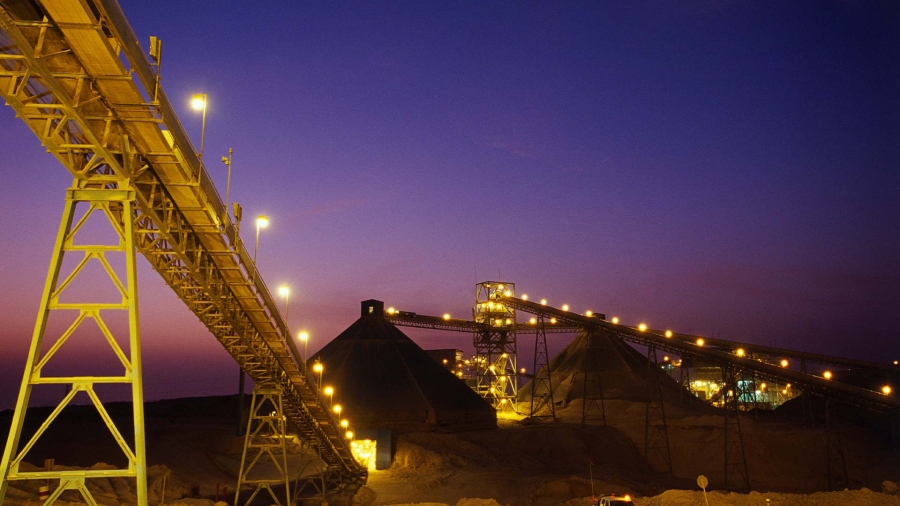The race is on: With almost daily announcements of carbon reduction initiatives from the EU, from other world powers and most importantly from more than 1,000 companies across the globe, including 25% of the Fortune 500, there is a strong movement of organizations stepping up on climate commitments to meet the 1.5°C call-to-action.
While many companies have made these commitments, there are still many discussions on what exactly constitutes net zero (and, maybe more importantly, what it is not). Net zero, carbon neutral, climate positive and carbon negative claims lack clear, widely accepted definitions. Initiatives differ based on what a company sells, owns or influences—and what it’s ultimately working to reduce. The emissions reduction rate associated with neutrality claims is not always clear and neither are the ways that the remaining emissions may be reduced. Additionally, companies like Ikea now enter the climate positive (or is it carbon negative?) space, by committing to remove more carbon dioxide from the atmosphere than it emits. So where is the common ground?
Unfortunately, the definitive answer to this question isn’t clear. Experts are in ongoing discussions to establish a global standard that may be available as soon as summer 2020. However, below are some questions companies can use as a checklist when understanding competitors’ claims and in designing your own:
1. What does ‘net zero’ mean for our planet?According to the Intergovernmental Panel on Climate Change (IPCC), limiting global temperature increase to 1.5°C above pre-industrial levels requires global net anthropogenic greenhouse gas (GHG) emissions to reach net zero around 2050, meaning that no additional emissions are added to the atmosphere. Most scenarios used for this pathway include carbon dioxide removal (CDR), referring to activities that remove emissions from the atmosphere, through means such as sequestration or afforestation. The net zero trajectory is the result of a balance between reduced emissions through decarbonization (-), carbon removal (-) and remaining carbon emissions (+) that most likely will occur even after 2050 for some geographies and processes.
2. What divides carbon and climate neutrality?Carbon neutrality, net zero emissions and climate neutrality are often used synonymously, meaning the neutralization of the impact of human activity on the climate system. However, in science, the scope of neutralizing climate forces differs as there are other greenhouse gases besides CO2 that contribute to climate change. Definitions from IPCC SR15 can help to distinguish between carbon neutral, climate neutral and net zero: Per UNFCCC/Kyoto Protocol, relevant GHGs are currently: carbon dioxide (CO2), methane (CH4), nitrous oxide (N2O), hydrofluorocarbons (HFCs), perfluorocarbons (PFCs), sulphur hexafluoride (SF6), and nitrogen trifluoride (NF3).
















